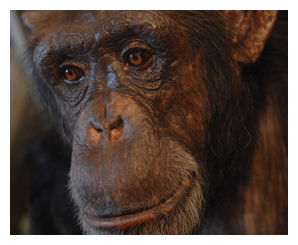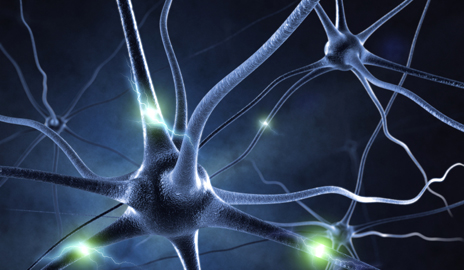
A 25-year-old chimpanzee named "Panzee" has just demonstrated that speech perception is not a uniquely human trait.
Well-educated Panzee understands more than 130 English language words and even recognizes words in sine-wave form, a type of synthetic speech that reduces language to three whistle-like tones. This shows that she isn't just responding to a particular person's voice or emotions, but instead she is processing and perceiving speech as humans do.
"The results suggest that the common ancestor of chimpanzees and humans may have had the capability to perceive speech-like sounds before the evolution of speech, and that early humans were taking advantage of this latent ability when speech did eventually emerge," said Lisa Heimbauer who presented a talk today on the chimp at the 162nd Meeting of the Acoustical Society of America in San Diego.
Heimbauer, a doctoral candidate and researcher at Georgia State University's Language Research Center, and colleagues Michael Owren and Michael Beran tested Panzee on her ability to understand words communicated via sine-wave speech, which replicates the estimated frequency and amplitude patterns of natural utterances. "Tickle," "M&M," "lemonade," and "sparkler" were just a few of the test words.











